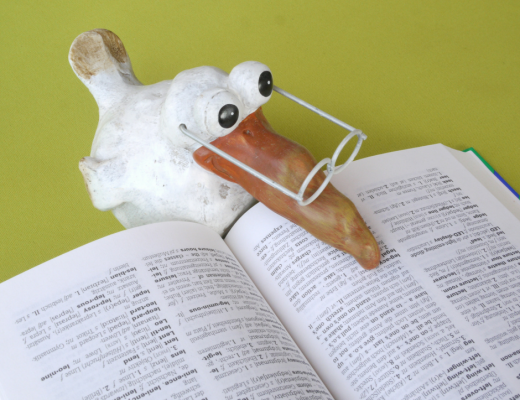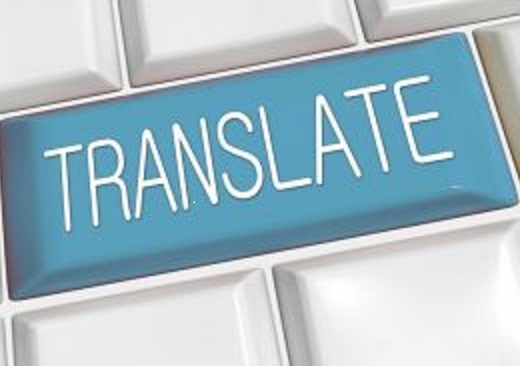We all know that funny little reading experiment, where our brain automatically makes sense of the most scrambled words. We can read and understand a text effortlessly, even if some words have spelling mistakes or mixed-up letters. Therefore, you can probably easily read the following sentence: “It is easy to raed wrods even wehn hte lettres are in the worng ordre.”
This is due to the fact that we don’t read single letters but the word as a whole.
And this is also a reason why we often don’t see our own typos. Our brain focuses on the message, not the individual words. In addition, as we typically have read the text more than once in order to polish it as much as possible, the brain already “knows” what we want to say and automatically corrects mistakes, becoming “blind” to them. However, you can be sure the first thing your readers will notice are typos and other errors.
So how do you catch your own typos and errors effectively?
You’ve probably heard the following tips:
– Read your text in another font, font size or color – Read your text backwards, from the last word to the first – Read your text out loud – Print it the text for proofreading
All these methods work quite effectively. And we use them in translation as well, but we don’t stop there.
Why it’s worth having a translation edited
We go beyond tricks like these when carrying out translations, for good reason. To ensure highest translation quality, additional issues need to be taken into consideration.
When translating, we produce a “new” text and like the original, this text should also be edited. As I writer, you wouldn’t want to publish a text without editing. I’m sure you’re already very familiar with the phenomenon of “text blindness” from writing. One is so deeply immersed in the text that errors, logical gaps and other things are easily missed. Besides, we all have our favorite words, phrases, whims and quirks, which can repeat themselves once too often.
The same holds true for translation. As translators, we might not need to look for logical gaps, but we do need to make sure that no sentence or meaning conveyed by the author is missing in the translated version. But we face the same problems as writers do, since during the translation process we are as deeply immersed in the text as the author.
Which is why we, like writers and publishing houses, rely on the principle of “dual control,” since a second set of eyes is more likely to notice errors. The second proofreader sees the text for the first time so their brain automatically pays more attention to all these details. It’s an established method to ensure highest translation quality. In addition, the translator and the proofreader discuss translation problems such as puns, word plays and cultural differences to find the best possible solution.
For these reasons, each of our translations is edited and then again proofread by a different person before being sent to you – so that the translation of your book will make the same impression on your German readers, and provide them with the same enjoyable reading experience, as the original.
In summary, if you have your books translated into other languages, we recommend that you have them not only translated but also edited by another translator or editor.





No Comments